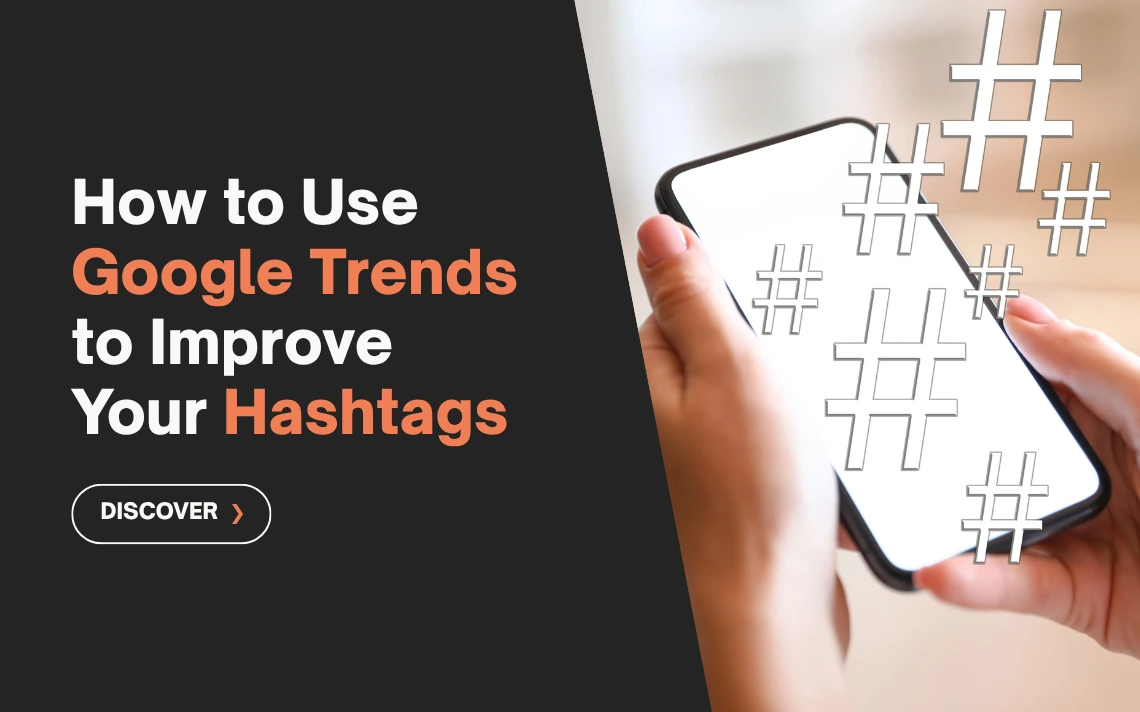
Employee Advocacy: 5 Content Ideas Your Employees Can Share This Month [INFOGRAPHIC]
Employee advocacy is one of the most powerful tools in modern marketing. When your team shares content, it feels authentic, expands reach, and builds trust in ways brand accounts alone can’t achieve.
But knowing what to post can be tricky. After all, how do you keep employee content feeling organic and natural, without straying into the world of heavy promotion?
Our guide and infographic give you plug-and-play ideas across six industries to help employees confidently create aligned, engaging content.
Why Employee Advocacy Matters
Before we jump into the content ideas, it’s important to understand why employee advocacy is so important.
And the truth is very simple: People trust people more than logos.
According to Edelman’s Trust Barometer, employees are often seen as more credible than CEOs, journalists, or influencers when talking about a company. Whilst the Trust Barometer is more geared toward politics, it still gives us a very helpful insight as to how brands and businesses are perceived, at large, by the general public.
So, because individuals are seen as more authentic and trustworthy than businesses, it means that every post your team shares isn’t just a promotion for your business… It’s proof of authenticity and a signal that your audience can trust your brand.
When employees regularly share brand-aligned content, you gain three key advantages:
- Wider Reach: Their personal networks open doors to new audiences.
- Stronger Trust: Messages feel human, not corporate.
- Deeper Culture: Employees feel proud to represent your brand.
5 Content Ideas for your Employee Advocacy Programme The Month
Now that we know why employee advocacy is so important, and the benefits you (and your team) can get from it, it’s time to explore various content ideas you can ask your team to work with.
We’ve broken these down into six different industries with five ideas in each. These ideas, whilst tailored for the specific industry, can be tweaked and changed to match almost any sector and function.
Beauty and Personal Care
The beauty industry thrives on authenticity and personal experience. Employees can humanise your products by showing how they fit into daily routines.
- Behind-the-scenes of product testing or development.
- Favourite skincare or haircare tips from the team.
- Sharing customer reviews with a personal comment.
- Spotlight on sustainable sourcing or ingredient transparency.
- Before-and-after stories showing real product results.
Education and Technology
This sector benefits from demystifying complex ideas and making knowledge accessible. Employees can position your brand as a trusted authority by sharing their own insights.
- Quick how-to videos or tutorials.
- Key takeaways from conferences or industry events.
- Productivity hacks using your platform or tools.
- Celebrating client or student success stories.
- Recommending useful books, podcasts, or articles.
Bonus: How to create human-first content for digital banks.
Property, Architecture, and Interiors
For property and design brands, visuals speak volumes. Employees can showcase projects while adding the human touch behind the work.
- Office walkthroughs or “day in the space” posts.
- Sharing moodboards or design inspiration.
- Project updates with progress shots.
- Tips for creating better home or workspaces.
- Highlighting design trends or favourite materials.
Healthcare and Medical
Trust and clarity are crucial in healthcare. Employees can share knowledge in ways that feel accessible and supportive.
- Everyday wellness or prevention tips.
- Simplified explainers of new medical research.
- Celebrating milestones or community outreach.
- Myth-busting posts to clarify common health misconceptions.
- Patient success stories (with appropriate consent).
Travel and Hotels
Travel brands thrive on storytelling. Employees can inspire wanderlust and showcase experiences beyond glossy brochures.
- Favourite hidden gems in destinations.
- Travel hacks, packing tips, or local recommendations.
- Behind-the-scenes at hotels, tours, or experiences.
- Cultural highlights that make destinations memorable.
- Personal travel stories with a brand connection.
When it comes to hotels, your social strategy should reflect the luxury that you’re offering your customers. If you’re wondering how to do that, check out how to create a content strategy that reflects luxury here.
Finance and Fintech
Finance often feels intimidating. Employees can break down jargon and share practical advice that makes money management more relatable.
- Simple money-saving or budgeting tips.
- Explaining common financial terms in plain English.
- Celebrating client wins or impact stories.
- Sharing predictions or trends in the sector.
- Personal tips for using fintech tools effectively.
Conclusion & Employee Advocacy Infographic
Employee advocacy isn’t about turning staff into salespeople. It’s about giving them confidence and ideas to share stories they’re proud of. With the right guidance, every employee can contribute to building trust, extending reach, and strengthening your brand.
Start small: even one post per person each month can spark real results.
If you found this helpful, be sure to bookmark the full infographic below so you can keep coming back to it!






